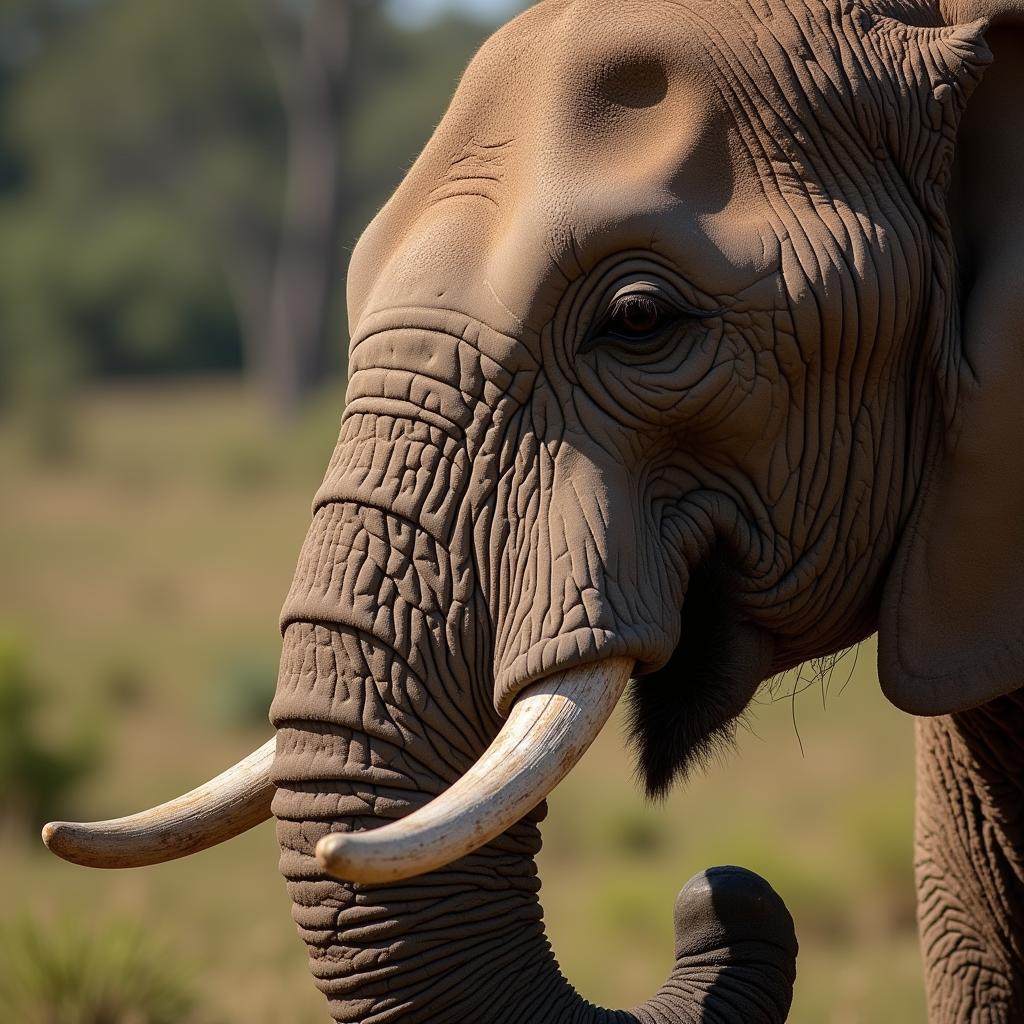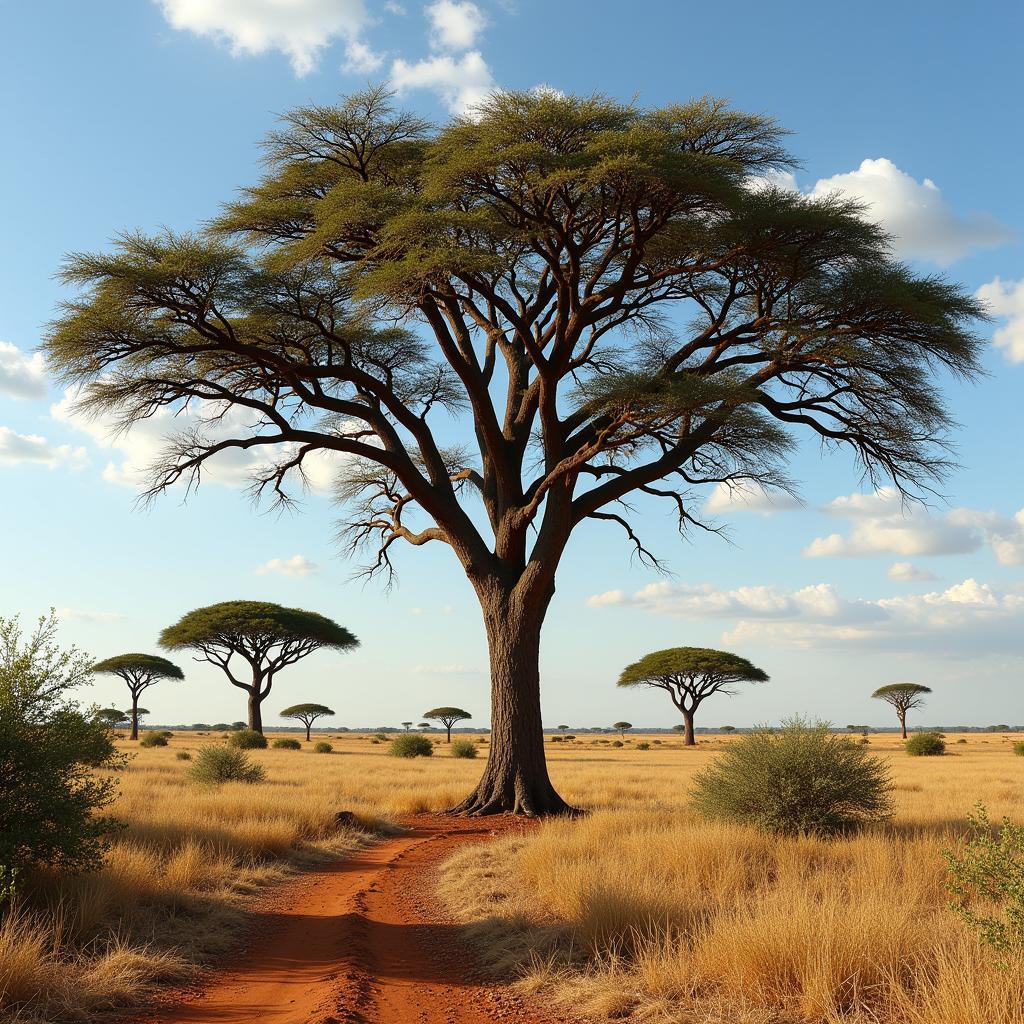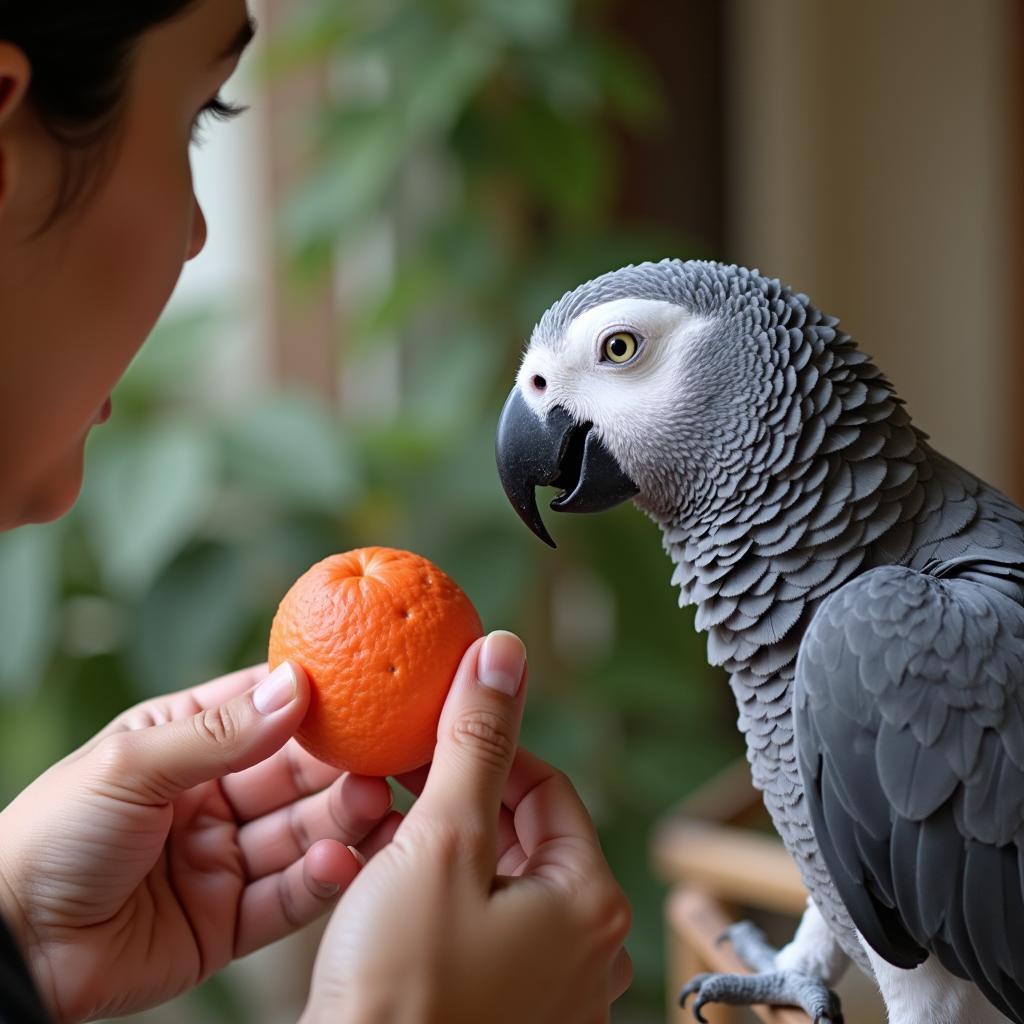The African Giant Toad: A Fascinating Amphibian of the African Continent
The African Giant Toad, scientifically known as Sclerophrys bufo, is a remarkable amphibian found in various parts of sub-Saharan Africa. This fascinating creature is renowned for its impressive size, unique features, and intriguing life cycle.
A Glimpse into the World of the African Giant Toad
The African giant toad is a true giant among toads, with adults typically reaching a length of 10-15 centimeters (4-6 inches). They are easily recognizable by their thick, warty skin, ranging in color from brown to grey or even reddish-brown. These toads are highly adapted to their environment, with powerful hind legs that enable them to hop great distances and robust bodies that allow them to burrow into the soil.
The African Giant Toad’s Life Cycle: From Tadpole to Toad
Like all amphibians, the African giant toad undergoes a fascinating metamorphosis. Female toads lay their eggs in shallow water, typically ponds or puddles, where the eggs hatch into tadpoles. These tadpoles are tiny, with gills and a tail that propels them through the water. As they grow, they develop legs and lungs, eventually shedding their tails and emerging as miniature toads. This transformation marks the transition from an aquatic to a terrestrial life.
Adapting to a Diverse Habitat
The African giant toad thrives in a variety of habitats, from open savannas and grasslands to forests and woodlands. They are particularly well-adapted to arid environments, as they can survive long periods without access to water. During dry seasons, they often burrow into the soil, remaining dormant until the rains return.
Diet and Defense Mechanisms
The African giant toad is a carnivorous creature, feeding primarily on insects, worms, and other small invertebrates. Its diet plays a vital role in maintaining the balance of the ecosystem, helping to control insect populations. They also possess a unique defense mechanism, which involves secreting a milky white fluid from their skin. This secretion is toxic to predators, effectively deterring them from attacking.
The Role of the African Giant Toad in Culture
The African giant toad holds cultural significance in several African communities. In some areas, it is believed to have medicinal properties, and its skin is used in traditional healing practices. However, it is important to note that the use of toads in traditional medicine should be approached with caution, as some species may contain toxins that can be harmful to humans.
The Importance of Conservation
Like many amphibian species, the African giant toad faces threats such as habitat loss and pollution. Conservation efforts are crucial to protect these fascinating creatures and ensure their continued survival.
“The African Giant Toad is a testament to the incredible biodiversity of the African continent,” says Dr. Emeka Okoye, a renowned herpetologist. “Its unique features and adaptations make it a remarkable example of the amazing diversity of life on Earth.”
FAQ
What are some interesting facts about the African giant toad?
The African giant toad is one of the largest toad species in the world, and it’s known for its impressive hopping abilities. They can also survive long periods without access to water, thanks to their ability to burrow into the soil.
What are the main threats facing the African giant toad?
Like many amphibian species, the African giant toad faces threats such as habitat loss, pollution, and climate change.
How can I help protect the African giant toad?
You can help protect the African giant toad by supporting organizations involved in conservation efforts and raising awareness about the importance of amphibian biodiversity.
Is it safe to handle an African giant toad?
While the African giant toad is not inherently dangerous, it’s best to avoid handling them, as their skin secretions can irritate the skin and eyes.
Where can I learn more about the African giant toad?
You can find more information about the African giant toad by visiting reputable websites dedicated to amphibian conservation and research, such as the Amphibian Survival Alliance.



